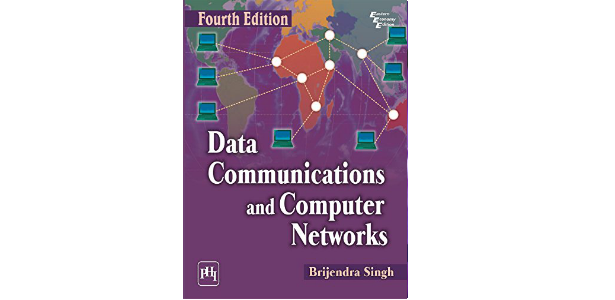Feasibility Study
Feasibility is defined as the practical extent to which a project can be performed successfully. To evaluate the feasibility of the project feasibility study is performed. A feasibility study should be comparatively economical and fast. Estimation is made of whether the recognized user requirements may be satisfied using existing software and hardware technology. The result should notify the verdict of whether or not to go forward with an added comprehensive analysis.
It is important to find out the strengths and weaknesses of proposed project and present guidelines of activities which will improve a project and accomplish desired results. Feasibility study is used to review the project to find out the strengths and weaknesses of project. The nature and components of feasibility study depend mainly on the areas in which analyzed projects are implemented. The acronym TELOS refers to the five areas of feasibility such as: Technical, Economic, Legal, Operational, and Schedule. Technical feasibility is one of the most important and first study that must be conducted after a project has been identified.
For sustainable success of projects economic feasibility is an important aspect to consider. Therefore, project component, investment, reinvestment costs of system, and running costs for its operation were analyzed. The project team has to construct a systematic analysis of the legal issues surrounding the project. Operational feasibility study evaluates the project potential for success and schedule feasibility used to assess of how reasonable the project timetable is. These feasibility studies summarized as:
Technical feasibility focused on gaining an understanding of the current technical resources of the organization and their applicability to the estimated needs of the proposed system. It is an assessment of the hardware and software and how it meets the requirement of the proposed system. For example: A space organization constructs a prototype to determine if a new type of spacecraft propulsion is technically feasible or not.
Economic feasibility demonstrates the net benefit of a proposed project for accepting or disbursing electronic funds, consider the benefits, costs to the organization, and the common user as a whole. For example: A software organization performs a study to determine if an innovative new software design would be cost competitive given the current cost of required resources, components, machines, technology, and effort.
Legal feasibility determines whether the proposed system conflicts with legal requirements. For example: A bank is considering introduce an innovative novel financial product. They begin with a feasibility study focused on all legal aspects such as regulatory risks and compliance.
Operational feasibility is a measure of how well a proposed system solves the problems, takes advantage of the opportunities acknowledged during scope definition, and how it satisfies the requirements identified in the requirements analysis of software development. For example: A data center investigates the feasibility of power self-adequacy using solar panels and battery systems with the network as a backup.
Schedule feasibility is a measure of how rational the project schedule is. For example: A software project is in the early planning phases with partial scope and no schedule when an executive announces to the world that the project will be completed by July. The project manager rapidly informs the executive that this is might be unfeasible. The executive requests that the project manager make it occur. The project manager responds by conducting a schedule feasibility assessment based on a list of requirements, out-of-scope items, and July deadline.




